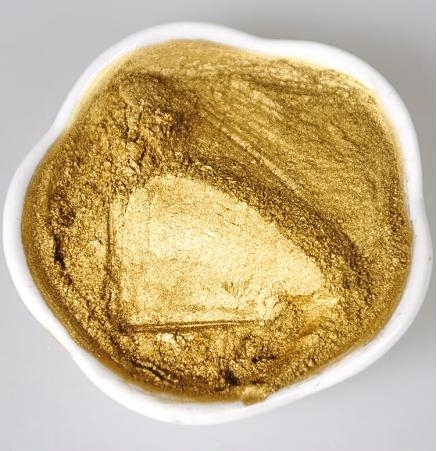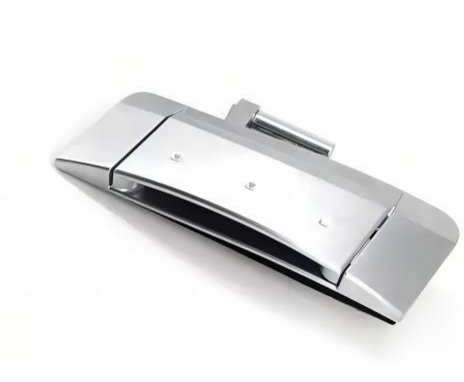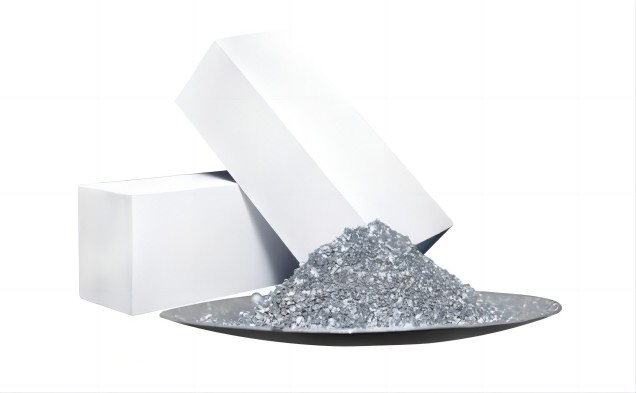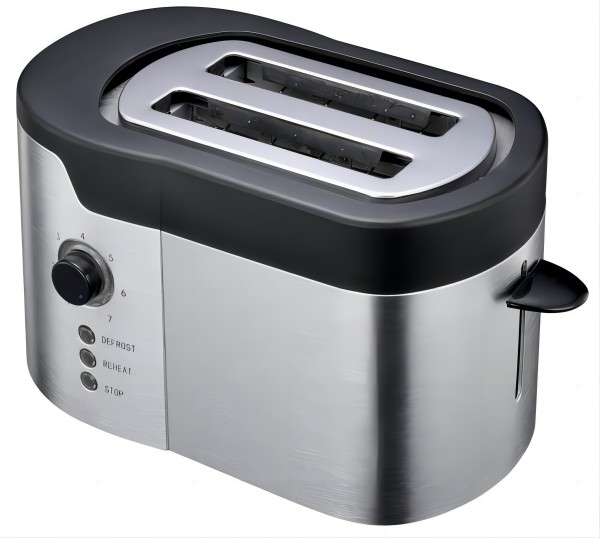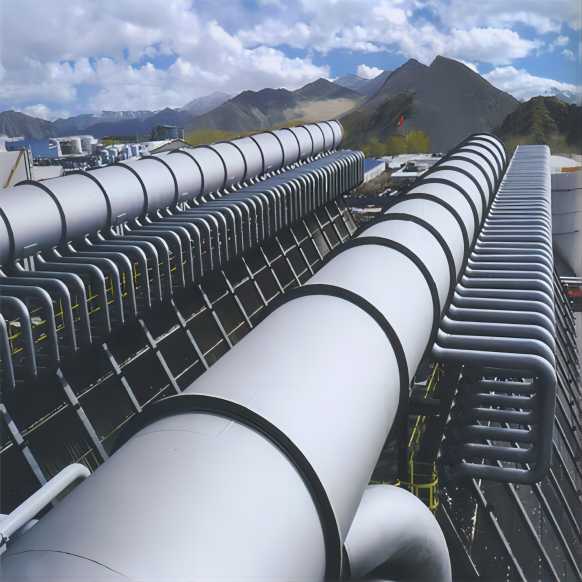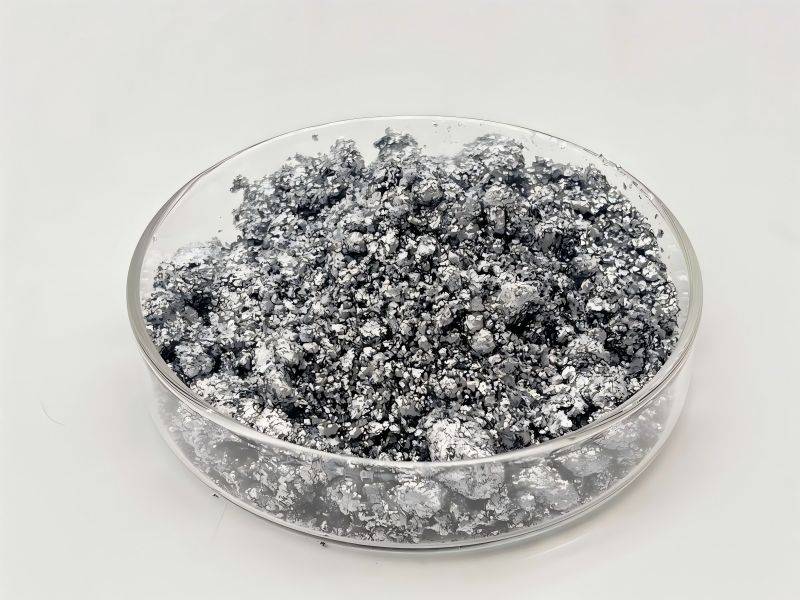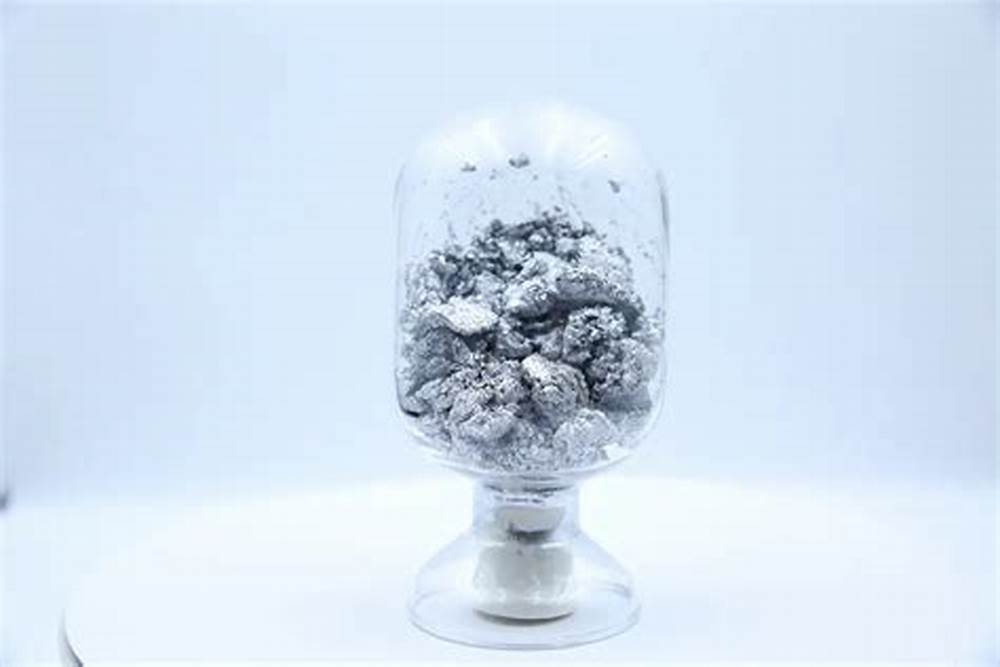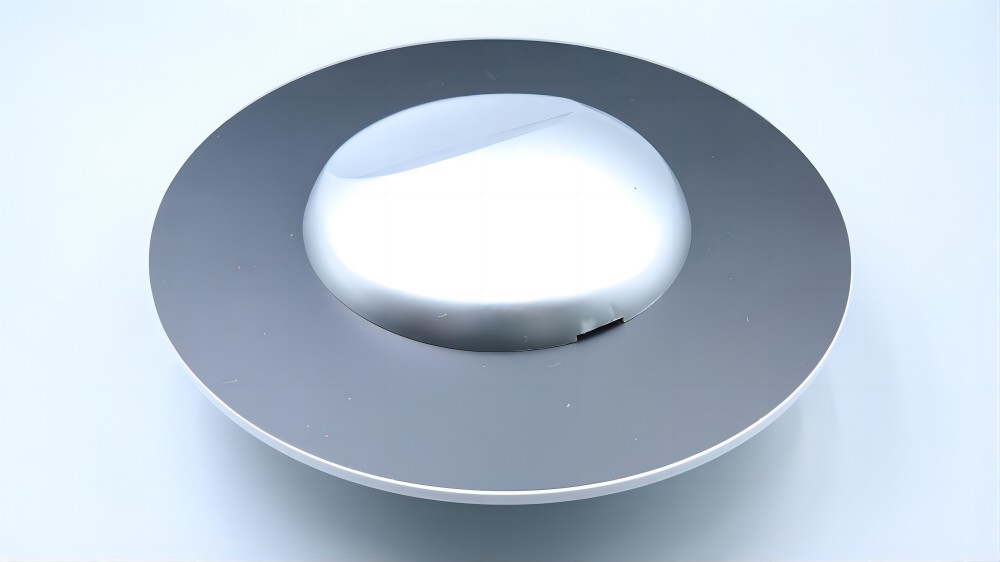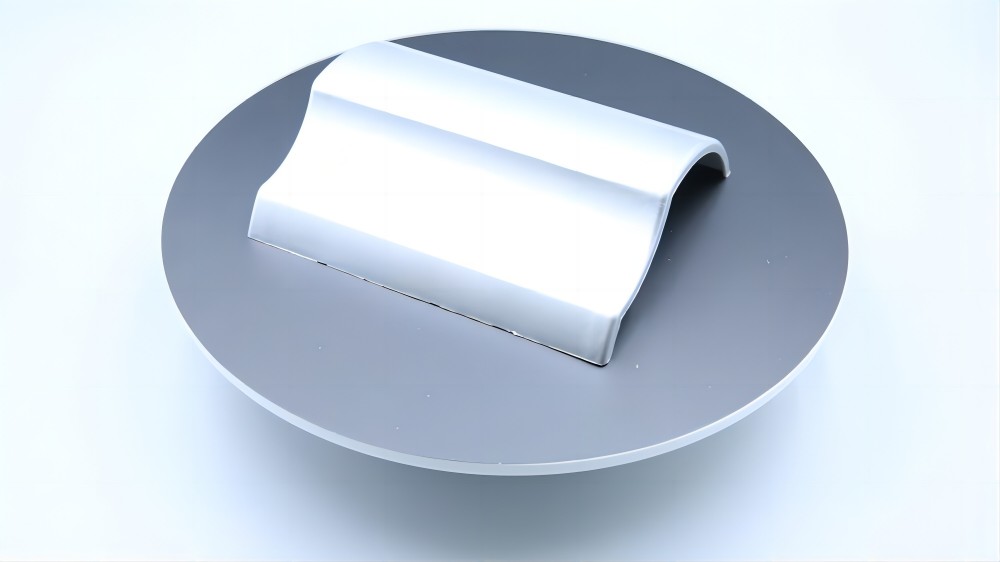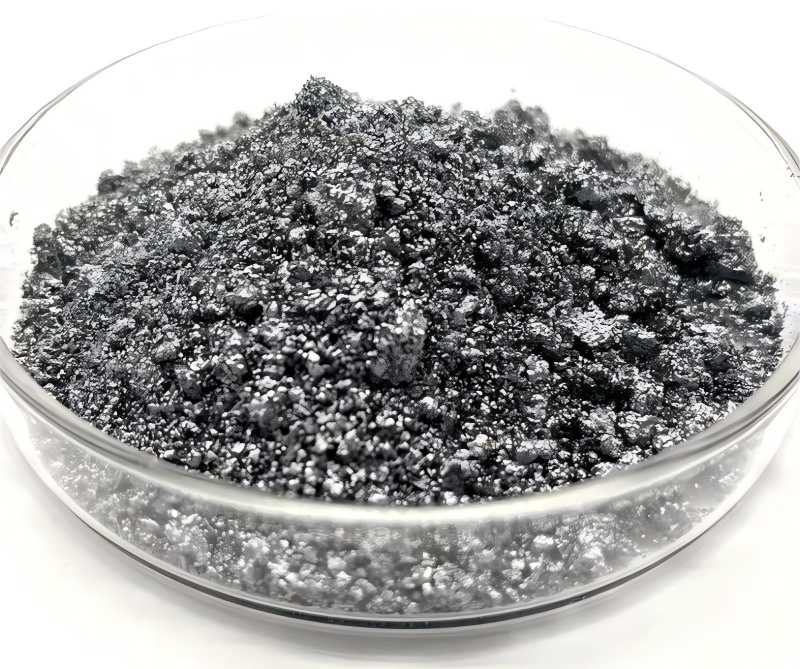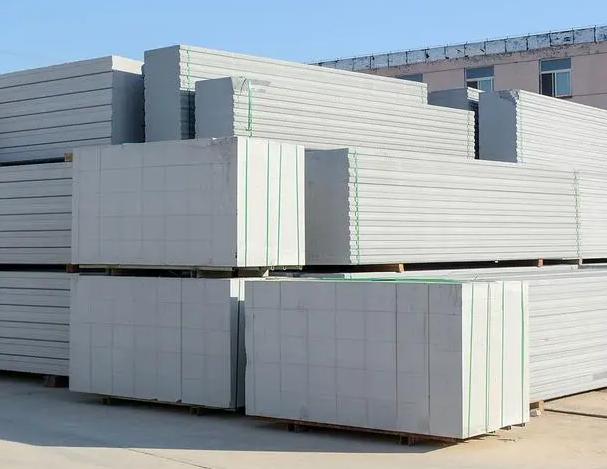Aluminum powder, a finely divided form of metallic aluminum, finds widespread applications in various industries, including pyrotechnics, paints, metallurgy, construction, and chemical synthesis. Its unique properties, such as high surface area, low density, and excellent thermal conductivity, make it a valuable material in these sectors. However, the inherent flammability and reactivity of aluminum powder necessitate stringent safety measures throughout its lifecycle, from production to storage. This article delves into the intricate process of aluminum powder manufacturing and outlines critical safety considerations for its handling and storage.
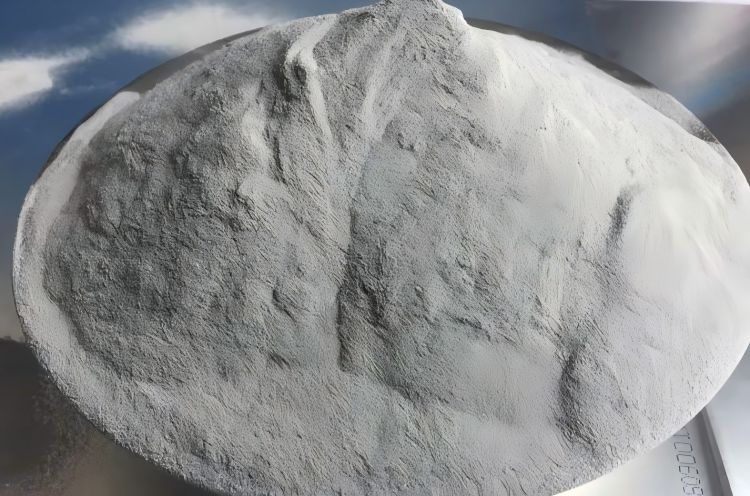
Aluminium Powder Manufacturing Process
The manufacturing process of aluminium powder is a highly controlled and intricate operation designed to ensure the production of high-quality, consistent, and safe material. From selecting the appropriate raw materials to refining particle size and post-processing, each step is vital to meet the specific needs of industrial applications.
1. Choose Raw Material
The primary raw material for aluminium powder production is high-purity aluminium metal. Manufacturers typically use ingots, scrap, or recycled aluminium to ensure cost efficiency and sustainability. The quality of the raw aluminium directly impacts the purity and performance of the final powder product.
2. Production Methods
Several methods are employed to produce aluminium powder, each catering to specific applications and particle characteristics:
A: Atomization Method
The atomization method is one of the primary techniques used for producing aluminium powder. It includes air atomization and nitrogen atomization.
- Air Atomization: In this method, aluminium ingots are melted at high temperatures and sprayed through specialized nozzles using a high-pressure stream of air. The molten aluminium is dispersed into tiny droplets, which rapidly cool and solidify during flight, forming aluminium powder particles. While this method is straightforward, it has a low yield of fine powder and cannot produce high-quality spherical aluminium powder. Additionally, it poses significant safety risks during production.
- Nitrogen Atomization: An improvement over air atomization, nitrogen atomization uses nitrogen gas as the atomizing medium, providing a protective atmosphere that overcomes some of the drawbacks of air atomization. This process has become the industry standard for aluminium powder production. However, the method has its limitations, including low production efficiency and a lower yield of ultrafine powders. The aluminium powder produced is prone to surface oxidation or nitridation, reducing its purity. When used as a reducing agent for other metals, it may introduce impurities such as oxygen and nitrogen.
The size of the aluminium powder particles can be controlled by adjusting parameters such as gas pressure, nozzle design, and the flow rate of molten aluminium. In general, the atomization method can produce aluminium powders with a broad particle size distribution, ranging from a few microns to several hundred microns.
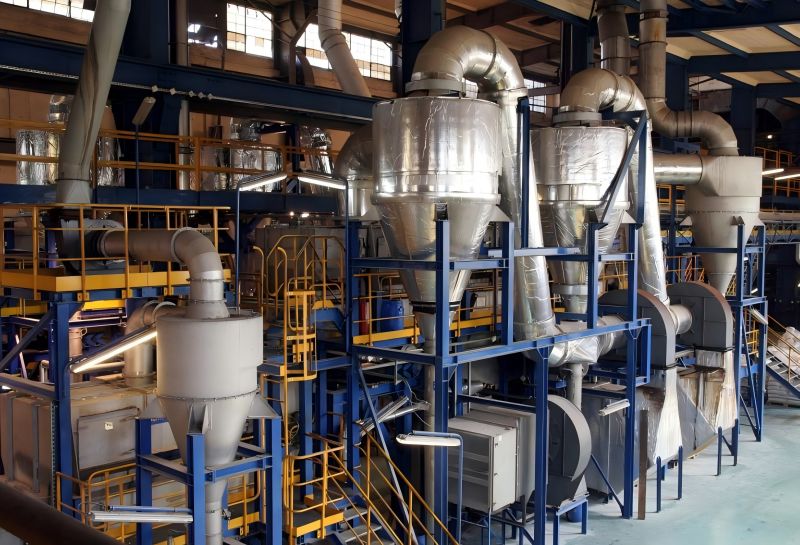
B: Ball Milling Method
The ball milling method involves placing aluminium blocks or coarse aluminium powder into a ball mill, along with grinding media (e.g., steel balls) and lubricants (e.g., stearic acid). During the milling process, the grinding media continuously impact and grind the aluminium material. Over time, the aluminium blocks or coarse powder are refined into finer aluminium powder. This method is particularly suitable for producing aluminium powders with specific grain structures or very fine particle sizes. However, ball milling has relatively low production efficiency and may introduce impurities during the grinding process. Strict control over the milling environment and grinding media is necessary to maintain quality.
C: Chemical Reduction Method
The chemical reduction method uses chemical reactions to convert aluminium compounds into aluminium powder. For instance, aluminium halides (e.g., aluminium chloride) can be reduced to aluminium powder using magnesium as the reducing agent. The reaction can be represented as:
2AlCl₃3Mg = 2Al3MgCl₂
In this process, aluminium chloride serves as the raw material, and magnesium acts as the reducing agent. Under specific conditions, such as high temperatures and controlled atmospheres, aluminium chloride is reduced to aluminium. The resulting aluminium powder is then subjected to post-processing steps, including separation and washing, to ensure purity. However, the chemical reduction method requires strict control over reaction conditions and effective management of by-products to ensure safety and efficiency.
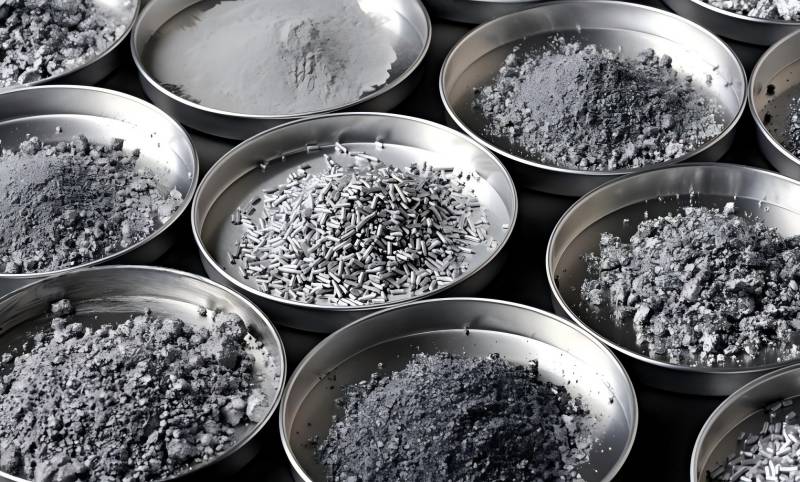
3. Particle Size Classification:
Once the powder is produced, it is classified into different particle size ranges using sieves or air classification systems. The size of aluminum powder particles significantly influences its properties and applications.
- Sieving: Passing the powder through a series of sieves with progressively smaller mesh sizes to separate particles based on their diameter.
- Air Classification: Utilizing air currents to separate particles based on their aerodynamic properties. Smaller particles are carried further by the air stream while larger particles settle more quickly.
Uniform particle size distribution is critical for consistency in downstream applications such as coatings or 3D printing.
4. Post-Processing:
After size classification, the aluminum powder undergoes further processing steps like:
Drying: To remove moisture and prevent clumping.
Surface Treatment:
- Oxidation: A controlled oxidation process can be applied to form a thin oxide layer on the surface of the particles, improving their stability and preventing agglomeration.
- Coating: In some cases, the powder may be coated with other materials, such as polymers or inorganic compounds, to enhance its properties for specific applications.
Packaging: The powder is sealed in specialized containers to maintain purity and prevent contamination.
The combination of these steps ensures the production of aluminium powder with properties tailored to diverse industrial demands while maintaining high safety and quality standards.
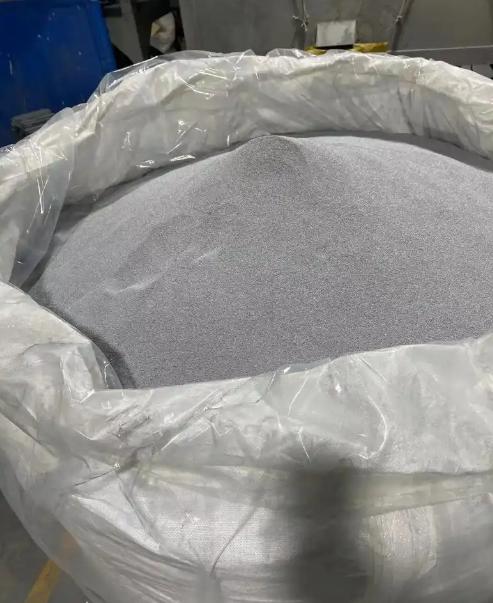
Safety Considerations During Manufacturing
Aluminum powder is highly flammable and can ignite easily when exposed to heat, sparks, or flames. Dust explosions are a significant hazard during production. Therefore, stringent safety measures are essential:
- Inerting the Atmosphere: Maintaining an inert atmosphere within the production environment by purging with inert gases like nitrogen or argon minimizes the risk of ignition.
- Dust Collection and Removal: Efficient dust collection systems are crucial to prevent the accumulation of combustible dust clouds.
- Grounding and Bonding: Proper grounding and bonding of equipment prevent the buildup of static electricity, which can ignite dust clouds.
- Explosion Venting: Installing explosion vents in process equipment allows for the safe release of pressure in the event of an explosion, minimizing damage.
- Personal Protective Equipment (PPE): All personnel working in the production area must wear appropriate PPE, including fire-resistant clothing, gloves, eye protection, and respirators.
- Regular Maintenance: Regular inspection and maintenance of equipment are crucial to ensure safe and reliable operation.
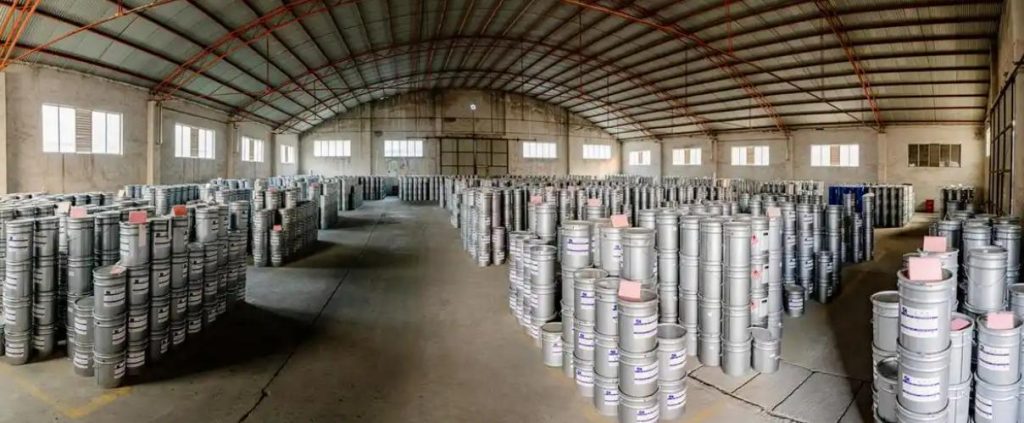
Storing Aluminium Powder Safely
Storing aluminium powder safely is a critical aspect of its lifecycle, as improper storage can lead to serious hazards such as oxidation, clumping, or even fire and explosion risks. Proper storage practices not only ensure the material’s quality and usability but also protect facilities and personnel from potential dangers.
Storage Requirements
Aluminium powder storage requires careful attention to environmental conditions:
- Containers: Use airtight, non-reactive containers made of materials like steel or plastic.
- Environment: Maintain a dry, cool, and well-ventilated area. Humidity can cause oxidation, leading to clumping and potential combustion.
- Segregation: Store away from incompatible materials like oxidizers, acids, and alkalis.
Risks of Improper Storage and How to Mitigate Them
Risk 1: Fire and Explosion
Improperly stored aluminum powder can ignite easily, leading to devastating fires and explosions.
Mitigation: Adhere to strict storage requirements, conduct regular inspections, and implement effective fire suppression systems.
Risk 2: Contamination
Exposure to moisture, air, or incompatible materials can degrade the quality of the aluminum powder and increase its reactivity.
Mitigation: Store in airtight containers and in a controlled environment.
Risk 3: Agglomeration
Aluminum powder can form clumps or agglomerates, which can affect its flowability and performance in applications.
Mitigation: Store in a dry environment and handle carefully to avoid crushing or compressing the powder.
The production and storage of aluminium powder require meticulous processes and stringent safety protocols. From selecting high-quality raw materials to employing advanced manufacturing techniques, each step is critical in delivering a reliable and safe product. Proper storage practices, such as maintaining optimal environmental conditions and adhering to safety standards, are equally essential to mitigate risks and ensure the longevity of the powder. By understanding and implementing these practices, you can know the full potential of aluminium powder, when you need it for your industries, please feel free to contact us. Bronze powder is also available.

